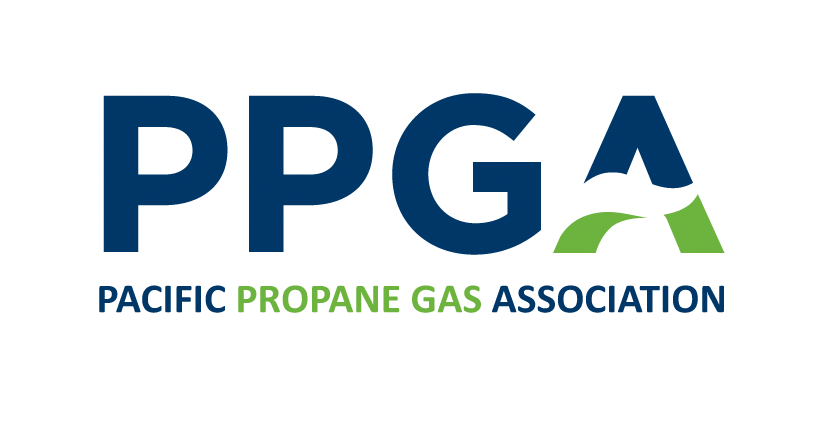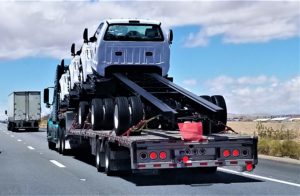Seattle Children’s Hospital (SCH) added propane-fueled shuttles to help sustain its eco-friendly initiatives and cut fuel costs in 2013.
The SCH offers a shuttle system that operates 16 hours a day and averages 40,000 riders per month. SCH’s combined commuter services, and propane autogas, play a key role in the hospital’s green commuter system.
“60% of our day-time staff use an alternative commute mode to get to work, including our shuttles,” says Sandy Stutey, Manager of Transportation Programs at SCH. “With propane autogas, we can say we’re reducing particulate emissions from our shuttles by 30 to 40%. That’s significant.”
SCH operates a fleet of 15 clean-burning, bi-fuel propane autogas shuttles. In addition to supporting the hospital’s sustainability goals, the fleet plays a role in meeting commute trip reduction laws for the state of Washington, which requires employers with over 100 employees to reduce the number of people commuting by car.
“The big win for me is that the drivers hold themselves accountable to make sure we run on propane autogas at all times. I was worried drivers would switch back to unleaded or not pay attention to the gauge, but they try really hard to make sure the shuttles run 100% on propane autogas.”
Kyle Brown, Manager of Parking and Shuttle Operations for SCH
“We’ve taken it upon ourselves to lease space in existing lots and shuttle people in with a focus on creating a lesser environmental impact,” Stutey explains. “We take up to 600 cars a day off the road for that final two to three miles of the commuter’s drive.”
Prompted by rising fuel costs and forward thinking within the transportation department, SCH hired a consultant to evaluate alternative fuel options for the hospital. At the time, lack of equipment and zoning issues for infrastructure made the switch implausible. When Blue Star Gas, a local propane retailer, approached Stutey in 2010 about tailoring a propane autogas solution, the hospital tested six 14-passenger V8 bi-fuel shuttles.
By September of 2011, SCH adopted five more bi-fuel Ford cutaways and the fleet has since grown to 15. According to Stutey, making the switch required “commitment and collaboration” from multiple vendors in addition to some unique equipment offerings.
“Anytime the hospital can save on operating costs we are putting dollars back into high quality care or life-saving research for our patients. And helping the environment is an additional win for staff and the department.”
Sandy Stutey, Manager of Transportation Programs for SCH
“One of the things that attracted us to this system is that it’s a conversion that fits right in the chassis,” Stutey said. “We bought unleaded fuel chassis and added on the carburation system for propane autogas. It retains the unleaded tanks and carburation as a back-up system, which can extend the overall range. It can also be removed and transferred to a different vehicle down the road, posing an even greater ROI.”
When the department converted its larger 24-passenger V10 shuttles, they were outfitted with an extra saddle tank to maximize fuel capacity and to ensure they could run a full day on the longest routes, about 150 miles to 180 miles, on propane autogas alone. Annual driver training ensures that staff runs the bi-fuel shuttles primarily on propane, maximizing fuel savings for the department.
“The big win for me is that the drivers hold themselves accountable to make sure we run on propane autogas at all times,” said Kyle Brown, Manager of Parking and Shuttle Operations for SCH. “I was worried drivers would switch back to unleaded or not pay attention to the gauge, but they try really hard to make sure the shuttles run 100% on propane autogas.”
According to Brown, drivers do a proper post-trip inspection at the end of each day and refill tanks for the next day’s route. Adequate space and zoning issues prevented the hospital from installing infrastructure on-site, but Blue Star Gas responded to its needs and established public infrastructure less than a mile from the hospital.
Brown estimates the department saves $5,000 to $6,000 a year in maintenance costs alone on the15 bi-fuel shuttles, and has reduced its fuel spent by 50% compared with gasoline.
The transportation department is currently analyzing data to determine overall cost savings and return on investment on the bi-fuel fleet, but estimates an 18-to-24 month ROI. For Stutey, the fleet has already met her measures of success.
“Anytime the hospital can save on operating costs we are putting dollars back into high quality care or life-saving research for our patients. And helping the environment is an additional win for staff and the department,” Stutey said.
Buying new propane vehicles or converting your existing fleet to propane autogas is made easier with the rebates available from the Pacific Propane Gas Association.




